- News
- Reviews
- Bikes
- Accessories
- Accessories - misc
- Computer mounts
- Bags
- Bar ends
- Bike bags & cases
- Bottle cages
- Bottles
- Cameras
- Car racks
- Child seats
- Computers
- Glasses
- GPS units
- Helmets
- Lights - front
- Lights - rear
- Lights - sets
- Locks
- Mirrors
- Mudguards
- Racks
- Pumps & CO2 inflators
- Puncture kits
- Reflectives
- Smart watches
- Stands and racks
- Trailers
- Clothing
- Components
- Bar tape & grips
- Bottom brackets
- Brake & gear cables
- Brake & STI levers
- Brake pads & spares
- Brakes
- Cassettes & freewheels
- Chains
- Chainsets & chainrings
- Derailleurs - front
- Derailleurs - rear
- Forks
- Gear levers & shifters
- Groupsets
- Handlebars & extensions
- Headsets
- Hubs
- Inner tubes
- Pedals
- Quick releases & skewers
- Saddles
- Seatposts
- Stems
- Wheels
- Tyres
- Health, fitness and nutrition
- Tools and workshop
- Miscellaneous
- Buyers Guides
- Features
- Forum
- Recommends
- Podcast
feature
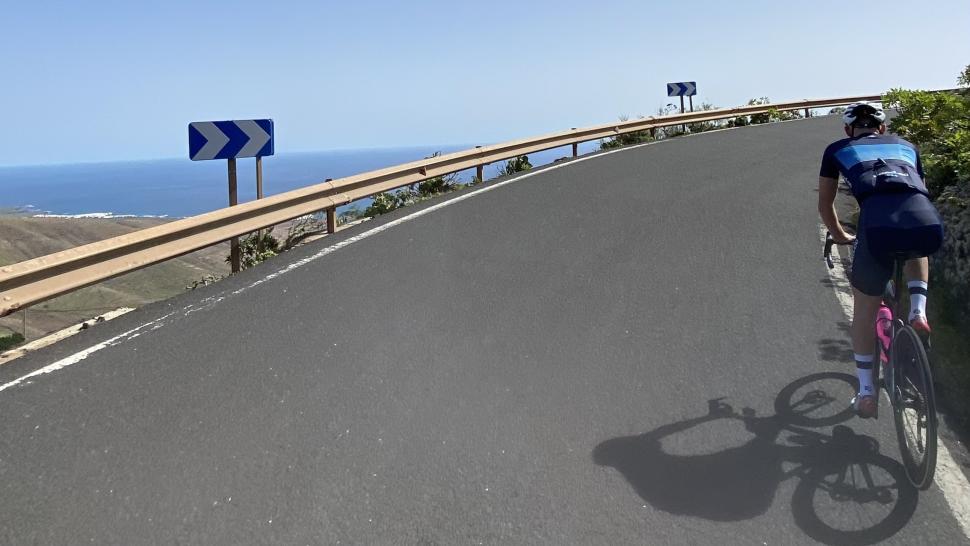 2023 riding shot lanzarote (Jamie Williams)
2023 riding shot lanzarote (Jamie Williams)Cycling training camps — what to expect and why you should try one to get some warm weather miles in
Spring is in the air (almost), which can mean only one thing in pro cycling... pre-season training camps. Yet, these sunny escapes are not just reserved for the pros nowadays. Perhaps a week or two riding in sun could be just the (iso)tonic for us cyclists in the Northern Hemisphere to get our mojo back over winter?
No matter how you dress it up, there’s no getting away from the fact that riding through a gloomy winter can be depressing and demotivating for a lot of us. Sure, there are now great indoor cycling platforms such as Zwift available, which some riders love but others loath. Even so, while the old ‘there’s no such thing as bad weather, just the wrong clothing’ is true to an extent, there is no escaping the impact of the seasonal darkness, chilly digits and wet rear ends. These issues loom in wait on the other side of that great door into the outside world of winter cycling.
> How to winterproof your bike
Many will argue that winter riding toughens you up, much like being smacked in the guts with a cricket bat or walking on broken glass while lashing yourself with a whip, although of course most of us with a choice would rather drag themselves further south to more friendly climes during this time of the year.
This seasonal migration is something most pro racers do for much of the winter season. Even those who ride through the freezing mud of Flanders Fields on each winter weekend often spend much of their cross months riding just above the fringes of the Mediterranean, rather than shivering rosy-cheeked through the frost-bitten cabbage fields of the cyclocross holy land, and with good reason.
Training camps are nothing new in cycling, or in many other sports for that matter. The difference nowadays is that they were once almost exclusively reserved for the sporting elite, or those who could afford such things. Naturally the financial implications are still a forbidding factor for many of us, although the benefits of winter sun riding are most defiantly there for any cyclist, and not just the elite racer looking to gain a few winter watts and kill some extra seasonal pounds off.
What benefits await on the sunny side of the street?
For regular cyclists, both competitive and recreational, there are all kinds of training camps and winter ride destination options and styles on offer out there. Just because the tag says training camp on the box, that doesn’t necessarily mean that they all have to be performance-orientated; although cycling performance gains generally come inherently with the territory, because you will most likely have far more time to ride, have decent weather and fresh roads to strut, plus you will have like-minded company to ride with. The health benefits - both physical and mental - of having a good dose of fresh sun-drenched riding cannot be underestimated.
For many riders, a training camp is, or can be, a simple winter cycling holiday. The family could tag along too, whether they’re cyclists or not, and with the environmental impact of flying becoming a more and more prevalent matter, it makes sense to combine your holiday with some cycling if you can rather than taking separate trips. Or, you could even cut your carbon emissions more by taking alternative travel options to your training destination of choice.
> The no-fly guide to taking your bike on holiday
For those who want to go on a training camp predominantly for the training, there are generally leaps and bounds to be made; not only from being able to train more than you would do back at home, but also in the support that is often available on organised trips, both in terms of backup but also in the advice and input of experienced staff on training camps. There is often a seasoned or ex-pro somewhere around too, and one nugget of advice on how to go about things, and this could be invaluable when coming from such a credible source.
Where do the pros go on their training camps?
Even though cycling and the technology behind it, has come on leaps and bounds in recent years, at pro level cycling is still quite an old-school and traditional sport. Most pro teams are almost always run by staff who’ve been involved in cycling since they were kids. Many team DS’s are also former pro riders, and are usually those who raced 15-20 years earlier, and overseeing these are team managers, many of whom were pro’s during the 80s and 90s. Naturally this has a huge, and logical impact on where teams go to train during the winter months.
Majorca has long since been a cycling hotspot, and it has been widely promoted as “Bicycle Island” since the early 80s. The Spanish island has superb riding and conditions to offer, and it does attract countless pros and regular riders year-round. The island could even be considered as the ultimate place of road cycling pilgrimage for many, especially with its legendary cols.
Majorca first came to attention of British cyclists back in the 70’s when the Falcon Cycles pro team had a pre-season camp there. The camp was also sold as a package for regular riders, which in many ways was well ahead of its time, especially when you consider that travelling abroad was still a way off becoming the norm for most of us.
Over the years the mighty Telekom team also used Palma as a training camp base, and then others such as Team Sky, and especially Bradley Wiggins. His love for the island underlined Majorca’s status as a prime training destination.
Despite Majorca’s popularity, it’s the coastal resorts of the Spanish Costas that have for decades seen more pro winter training camps that anywhere else. Altea, Calpe and Denia are the favoured winter training camp locations for most European pro teams, who can be found en-masse in the region between December and early March, much as they have done for many decades. Although traffic has increased greatly in these areas over time, they are still superb areas for winter training and riding.
Of course, there are many other places that both pro riders, national teams and regular amateurs choose to head to for winter training camps, ranging from the Canary Islands, the hugely popular cycling mecca of Girona in Spain, Andorra, the French and Italian Rivieras, California, Colombia, South Africa, Australia and beyond.
Despite the world becoming a smaller place in travel potential, it’s still that Costa coastal strip that most choose, not only for the great riding and good weather, but because it’s also very easy to get to and around; especially for pro team or amateur training camp support vehicles, plus there are also numerous early season pro races in the area.
You’ll find a number of tour operators offering guided cycling tours and training camps for amateurs in any of the areas we’ve mentioned, with options from full board accommodation and fully guided, demanding training rides, through to less structured and more relaxed packages.
DIY and budget options
Some training camps can be quite expensive, whilst others are very reasonable when you take into account what you get for money. You can probably save a few quid by doing things on your own if you’re not worried about the frills; or perhaps you just want to do things your own way, which a lot easier now than it was years ago thanks to the abundance of cheaper flights, booking sites and route and ride information via websites and apps such as komoot and Strava.
While you could undoubtedly figure out all of this around the established locations we mentioned earlier, there are also several other viable nearby destinations out there, such as Cyprus (a lot of mountain bike teams train here), Greece and Turkey. The Turkish coastal region around Atalaya and Alanya has really become popular with both Eastern European teams and smaller northern European squads in recent years, plus it’s a little cheaper all-round compared to the mainstream Spanish destinations.
Whatever your style of riding or reasoning, there are great benefits to be reaped from winter ride and training camps, and they can be done on a budget if you wish.
What goes on camp…
What goes on camp stays on camp, or at least some of it does. No two training camps or formats are the same, as riders, aims, set-ups and timing all determine how things roll.
Traditionally, pro teams have two winter camps. The first is usually in early December, and that is more about getting together sorting out new equipment, plans, race and training schedules and, of course riding. The second camp is usually January onwards, and is more focussed on training, with teams often be split between two groups; the classics and Grand Tour groups. The classics group tend to be focussed on harder intensity riding, which often includes motor pacing and intervals for some riders, while those in for the grand tour option generally spend longer and easier paced days riding.
Regular ‘amateur’ camps also vary a lot, and mostly come later in the winter. There are usually two or more groups that ride out each day, each catering for differing abilities and preferences. The lead group will often ride between four and six hours per day at a hotter pace, and there will usually be a ride that is more like a relaxed club run with numerous bocadillo and café con leche stops along the way. The days may still averaging anywhere from four hours or more, although a lot of that is social time and the distance is shorter. There will generally a camp mechanic on hand, and deluxe training camps often have vehicle support for the full pro training camp experience.
Naturally, none of this is obligatory. Most training camp organisers will let you dip in and out as you wish, cut rides short, or even extend them if you feel the need.
There are also often optional morning or evening core gym, stretching and yoga classes available, as well as massage services (usually costing extra) and regular evening talks on various training-related subjects. Outside of that, the world is all yours...
Have you been on a cycling training camp? Let us know your recommendations and what others can expect in the comments.
Latest Comments
- Rendel Harris 13 min 49 sec ago
So when you said "all Jews" you didn't actually mean all Jews, just religious ones. However even that distinction is erroneous, as you must surely...
- IanMK 36 min 39 sec ago
Sounds like the APPGCW report is going to be interesting reading.
- grasen 47 min 51 sec ago
are you a complete numpty??? it doesn't have disk brakes......
- andystow 53 min 9 sec ago
Isn't that basically what we did to our High Streets & Main Streets in the 1960s?
- Dnnnnnn 1 hour 7 min ago
Almost - but apparently not quite. There are in Northern Ireland.
- john_smith 2 hours 5 min ago
If you'd read it a bit more carefully you'll see that it also requires each new home to have at least three parking spaces. So it shouldn't be a...
- FionaJJ 2 hours 28 min ago
It took me ages to make sense of the story, because the bit about having bike parking is irrelevant to the issue about access. ...
- chrisonabike 3 hours 8 min ago
But how on earth do you expect people to know that's not allowed?...
- David9694 3 hours 36 min ago
Man flees after crashing into grade II listed Dorset home https://www.bournemouthecho.co.uk/news/24263845.man-flees-crashing-grade...
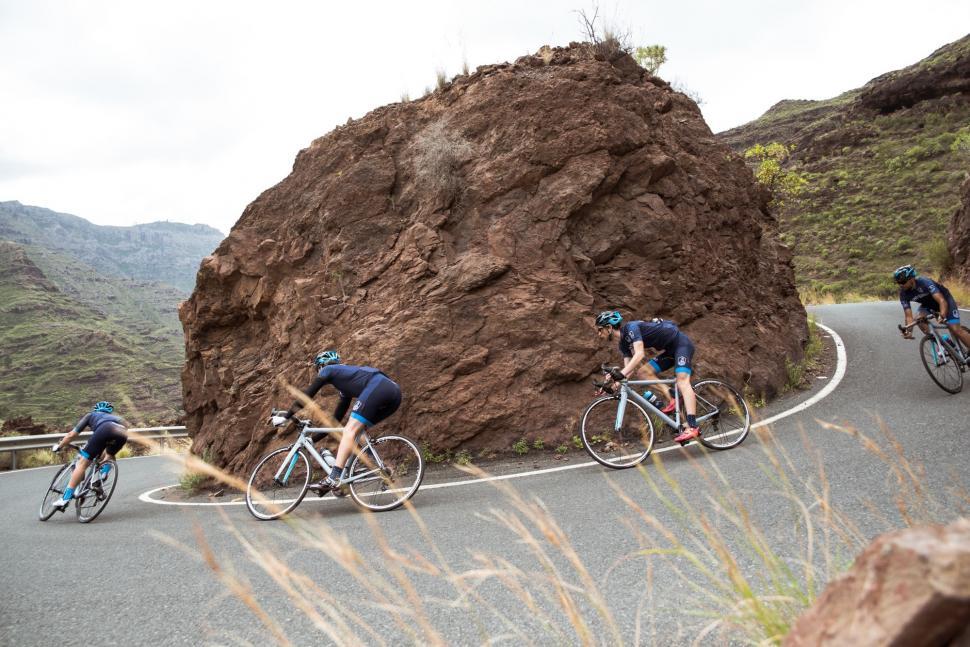
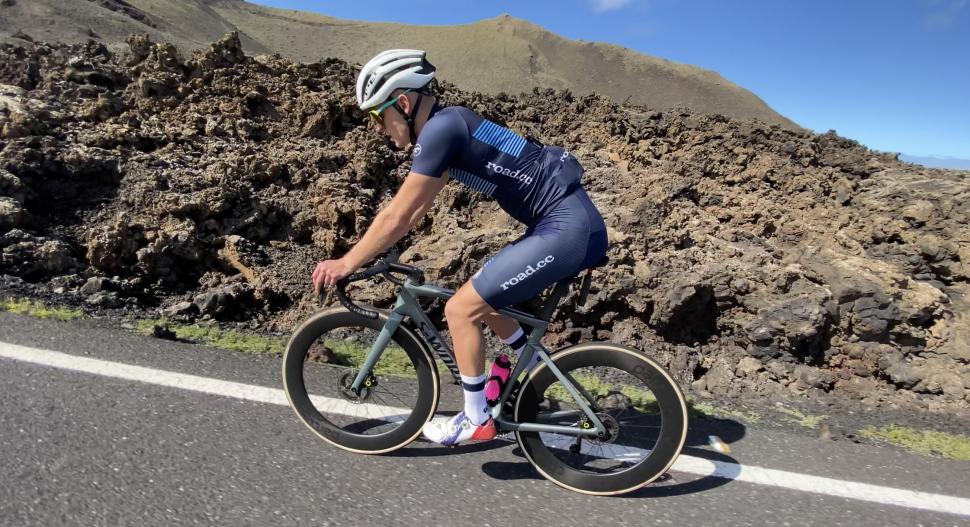
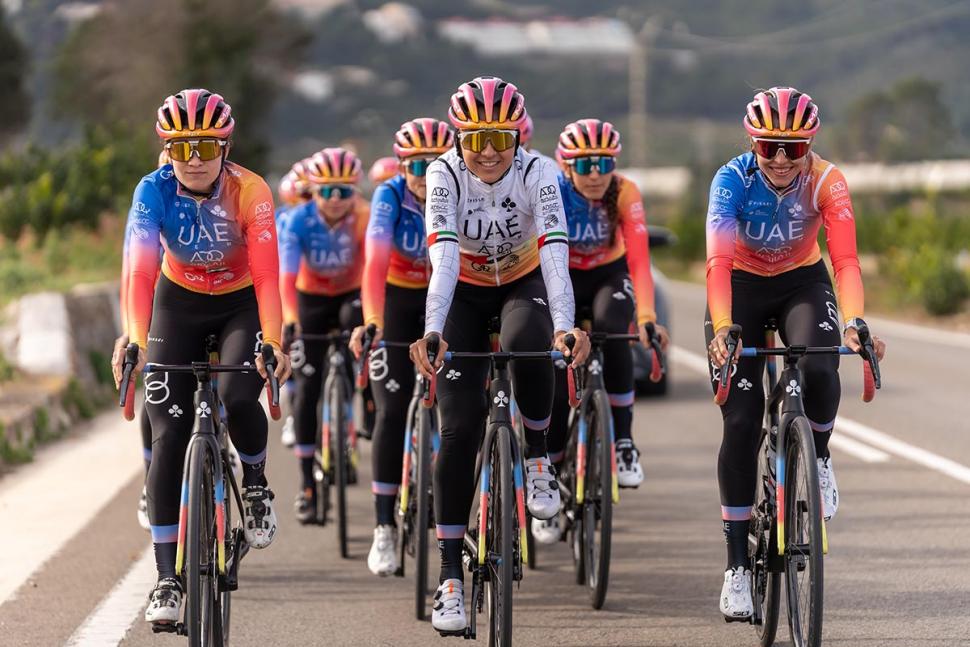


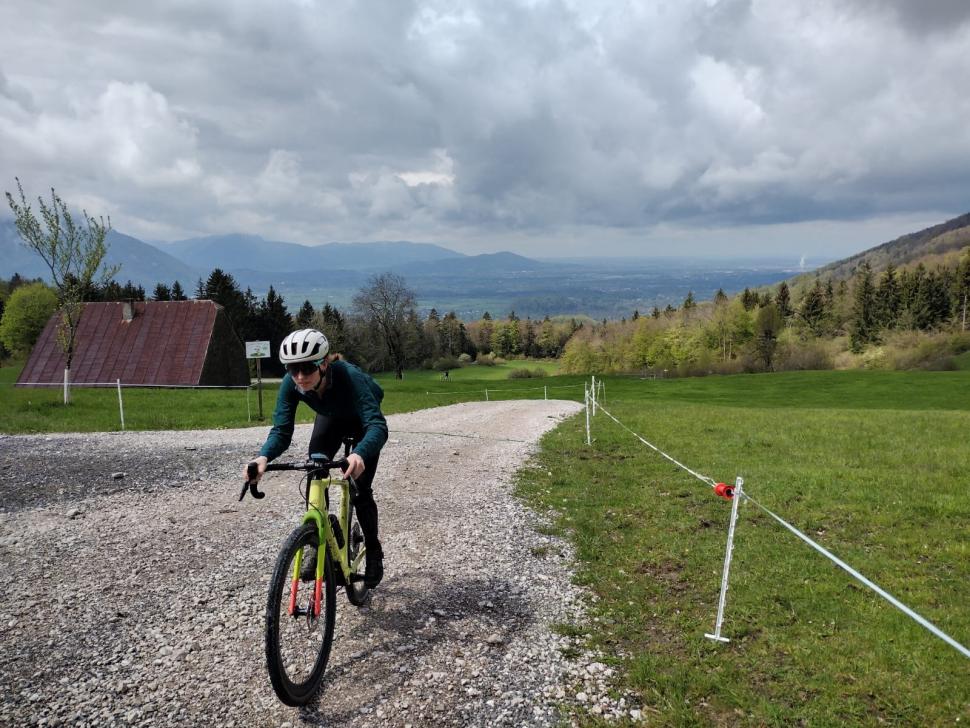
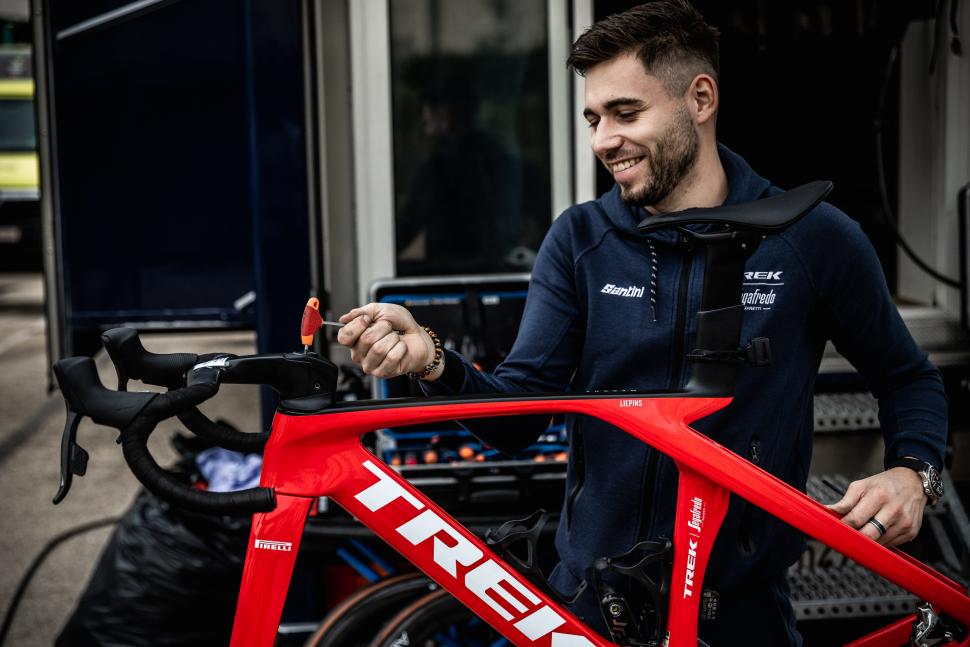
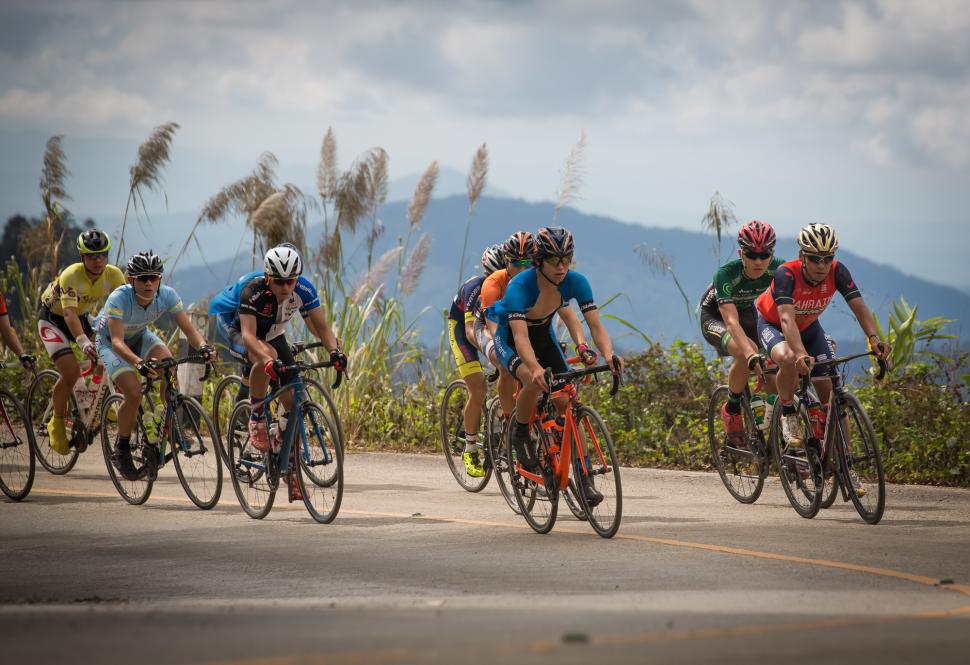
Add new comment
1 comments
I've been on about a dozen winter training camps, but honestly I prefer to toughen up and train throughout the winter, no matter the weather. When race season comes around, the weather isn't guaranteed to be nice, especially in Scotland.